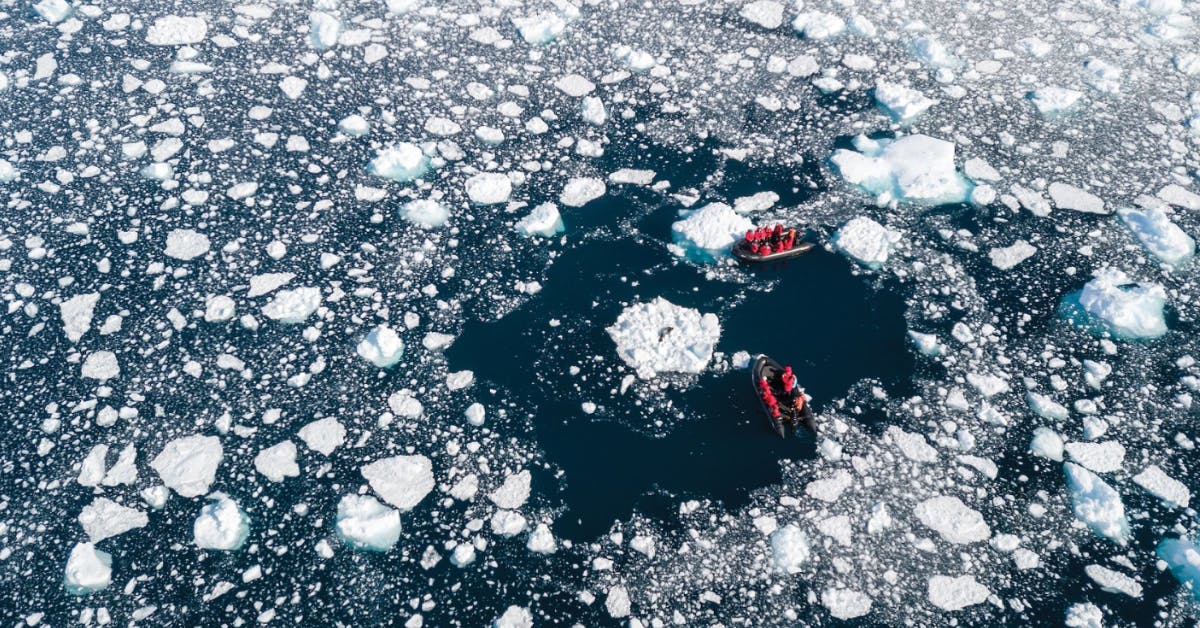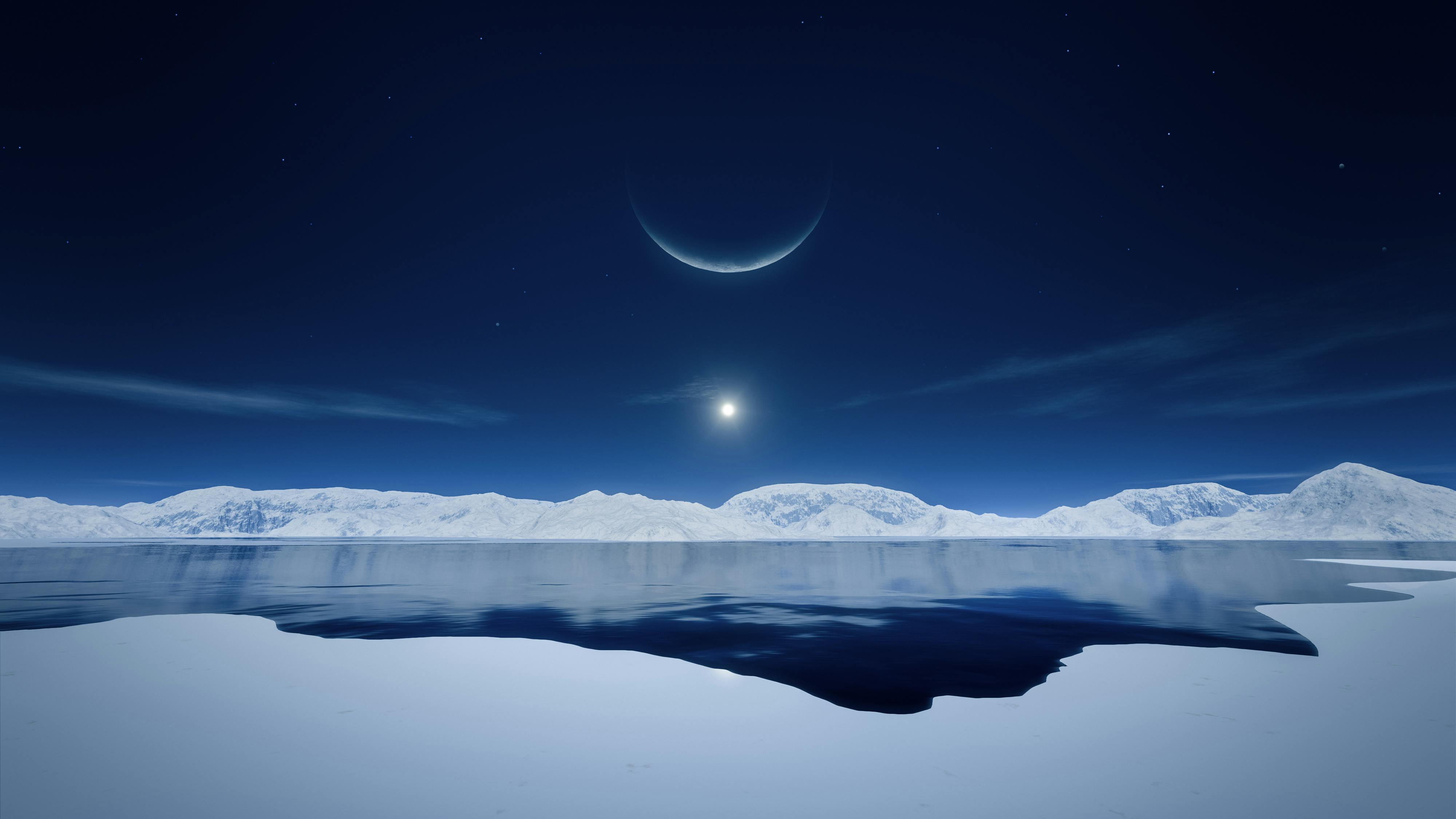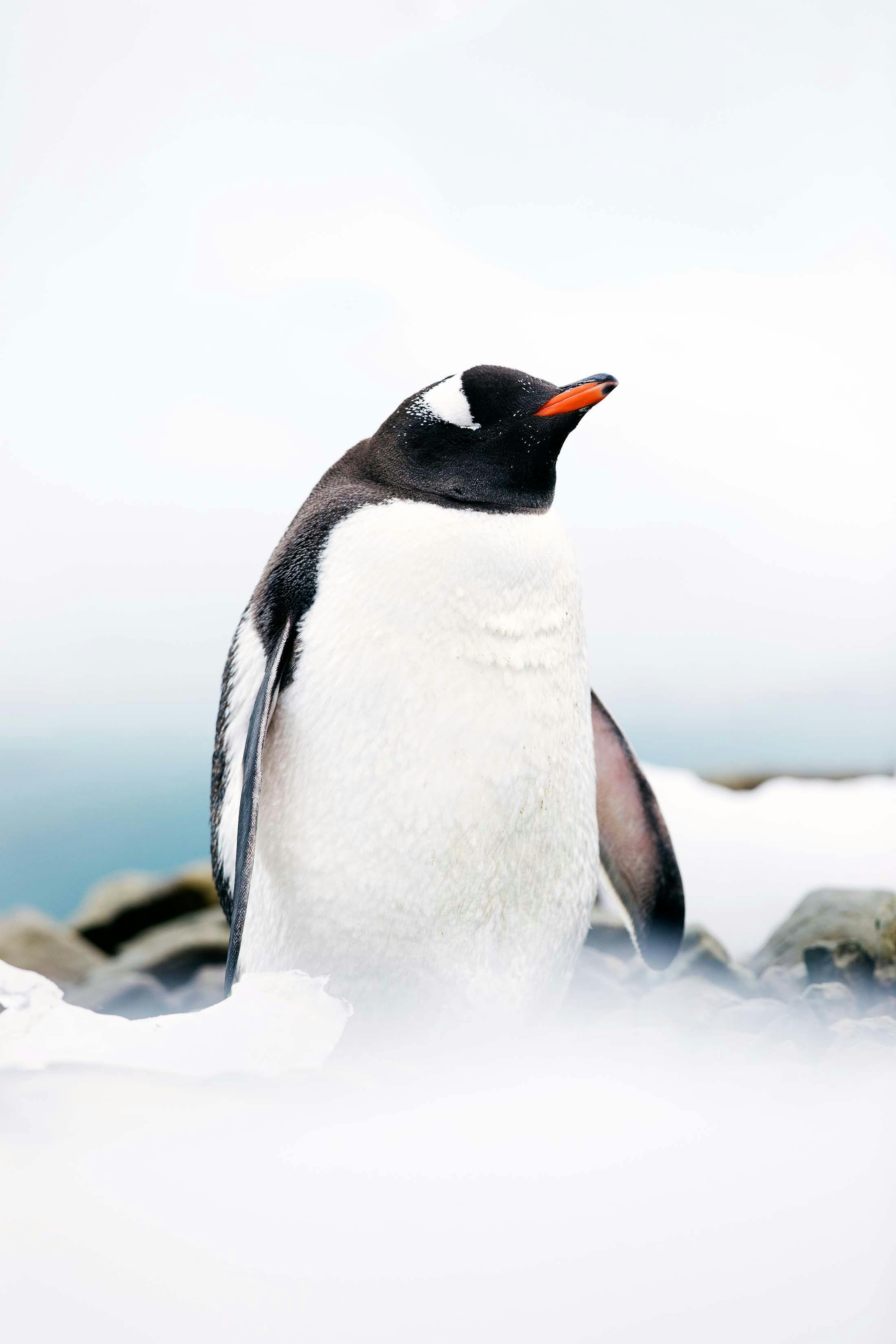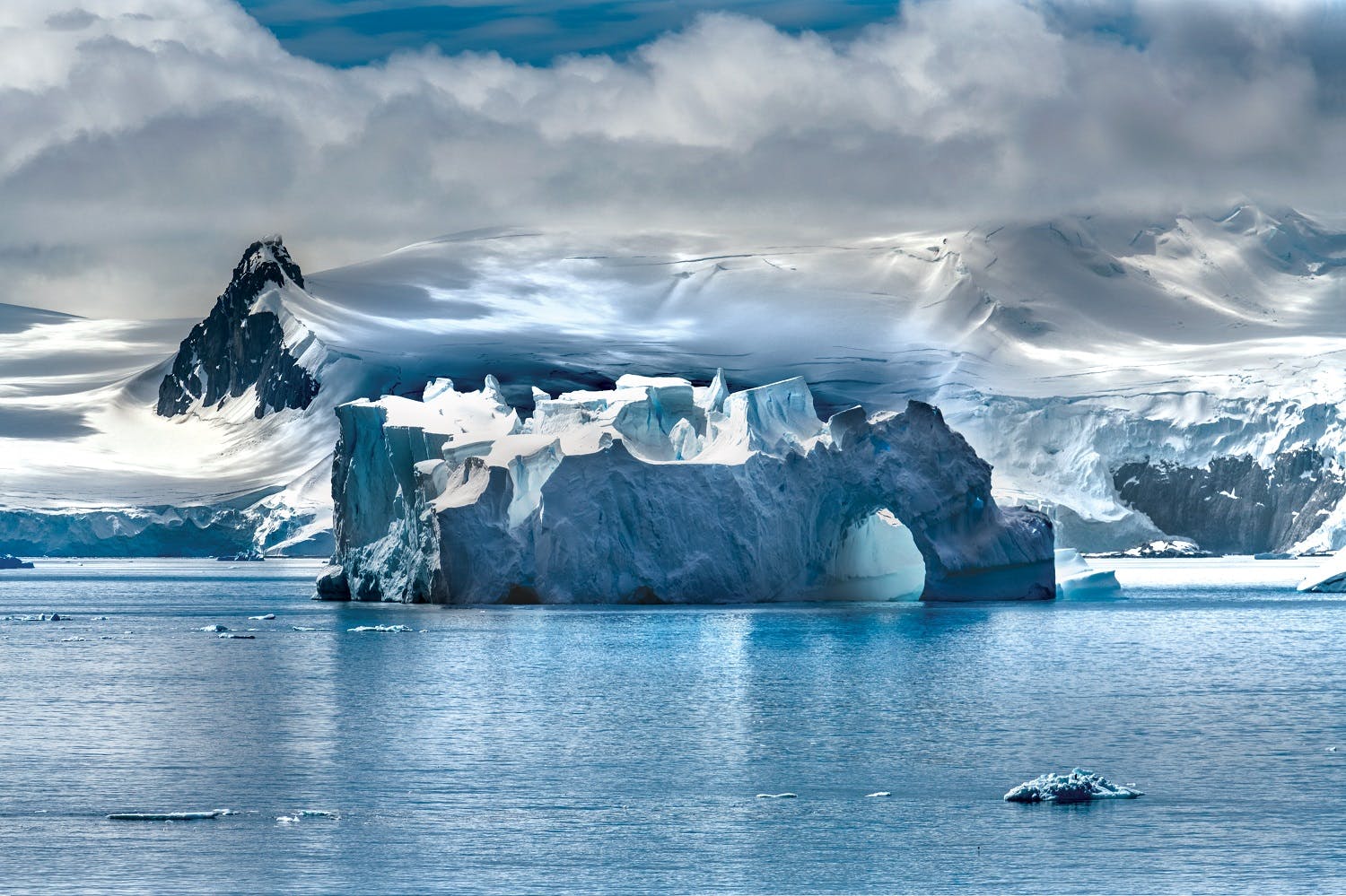Why Touring by Zodiac in Polar Regions Like Antarctica Makes for the Best Polar Travel
As we make our way through the icy polar regions in Antarctica on a Zodiac tour, I am in absolute awe of my surroundings. Around me are monumental ice cathedrals in all shapes and sizes — some pointy and some tiered. Others are intricately detailed through erosion.
Suddenly, a dazzle of blue catches my eye, sparkling from within one translucent structure like a hidden diamond. Anticipating my question, our accompanying expedition expert — Sven Voege — tells us the particles and bubbles within an iceberg cause light rays to scatter. This usually makes them appear to be pristine white.
But in this case, the older ice has become compacted over time, so the wavelengths of light aren’t absorbed as readily. “This is why the [shorter wavelength] of blue light is reflected back to us,” Voege explains, while expertly turning the Zodiac to face the berg. Then we can all capture the color with our cameras.

Cruising into the wild
It is silent on the water today, except for the occasional crackle of an ice floe. The bergs seem to go on forever and into the horizon, where rumbling gray clouds are forming. This is Antarctica—a wild and inhospitable landscape that is more beautiful than I ever could have imagined. We look on, mouths agape, as thousands more little glimmers of blue dazzle and shimmer at us.
We had arrived at Paradise Bay on our Antarctic cruise earlier this morning. Our Captain, Adam Boczek, had anchored the ship at sunrise. A delicious early breakfast had followed before the expedition team — a group of trained scientific experts and naturalists — lowered 12 inflatable Zodiacs into the water.
Each expedition team member is highly proficient in driving these nimble little vessels. One by one, they’ve parked alongside at the ship’s side gate, which opens up onto a step platform to allow guests to easily disembark into the Zodiacs. Two strong seamen had tied up each Zodiac as it approached, ensuring it was secure before the procedure began. After pulling on our hats and gloves, and putting on our life jackets, we boarded the boats, filling each one with six to eight people — although Silversea’s Zodiacs can comfortably take more.

Getting close and staying agile
A few minutes later, we were out in the biting cold, maneuvering through seemingly endless ice floes and gasping in delight at the extraordinary scenery. At 17 feet (5.2 meters), the ship’s shallow draft allowed us to venture closer to the western coastline of the peninsula — certainly closer than larger ships can. Exploring Antarctica by Zodiac has been the vital key to our unlocking the less accessible wonders of our expedition.
Just as I think our extraordinary adventure could not be any more perfect, I hear a deep puff. Thousands of water droplets blow high into the air ahead of us. A humpback whale has appeared out of the water and is feeding just 100 meters away. We are almost at surface level with the magnificent creature, and Voege explains why we will continue to stay at this safe distance from the whale, so as not to disturb or alarm it. He keeps the boat still while we all snap photos of this wild and spectacular sight.
With every breath, the water droplets catch the light to form a delicate rainbow against an ice-laden backdrop. The humpback continues to delight us for at least three or four minutes before arching its back. Then, with one last breath, it dives beneath the surface. We watch in awe as its black and white speckled tail rises into the air with finesse, before slowly sinking into the blue.
Without the Zodiac, our experience that day would not have been quite so immersive. Sitting on a boat at water level had allowed us to get close to that whale without intimidating it. Our approach, speed and noise had all been controlled and gentle. Before I ventured to Antarctica, I had not heard of these small, inflatable crafts. Now I understand how essential they are for immersive polar travel.
Zodiacs can operate efficiently in the smallest of spaces or across vast expanses of water. They act as tenders to get guests ashore at shallow beaches or transport them to remote villages where harbors and ports are nonexistent. Whether exploring ice-covered polar regions, jungle waterways or mangrove-filled river systems, they allow us to experience areas that bigger vessels cannot reach.

Preparing for adventure
A Zodiac consists of five independent inflatable chambers. Therefore, the vessel would still stay afloat if one, or even two, were to deflate. Its semi-rigid flooring makes it a stable, safe and comfortable method of transporting and exploring during polar travel, even in the event of bad weather. Safety and first aid kits are stored onboard, and all drivers are highly trained in how to handle the vessels.
Most Zodiacs use a 60 or 90 horsepower engine, depending on their size, which gives plenty of torque while maintaining low emissions and noise pollution. Any expedition cruise that uses Zodiacs for operations begins with a mandatory briefing. In this session, the expedition leader explains how to travel in the boats safely — from embarkation to disembarkation. He thoroughly explains the guidelines, like how to wear the versatile life jacket or how embarkation and disembarkation work in varied conditions. Each ship has a different procedure.
Even so, my first Zodiac tour of Antarctica was a little daunting. But I found plenty of expedition staff available to assist with questions. In Antarctica, we were advised to wear full waterproof clothing and boots on every outing in case the weather changed. Layers were necessary, so we could adjust our clothing depending on how cold or warm it became during our time off the ship.
Inside the boat, every passenger is asked to sit down immediately to maintain balance. Then we slid along the rubber pontoon to the seating position suggested by the driver.
That’s when the adventure began. With a full boat, off we went with high hopes for the type of sightings that today’s Zodiac cruise would bring. It didn’t take long to realize having uninterrupted, 360-degree views of the environment around you is an experience unlike any other. And being seated in a Zodiac, comfortably watching a feeding humpback whale among the icebergs, is a mind-blowing moment I will never forget.

Ready to experience the polar regions yourself on an Antarctica cruise? Start by browsing Silversea’s Antarctica cruises and check out these tips for creating your own polar travel adventure.



















